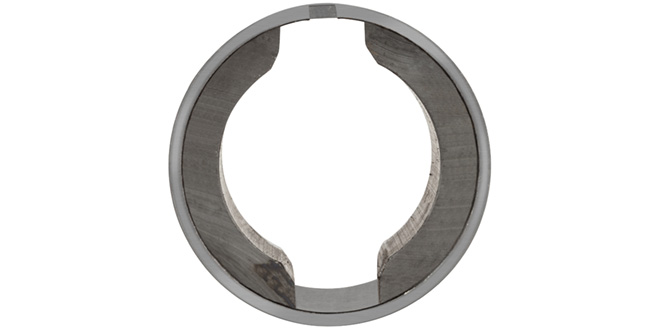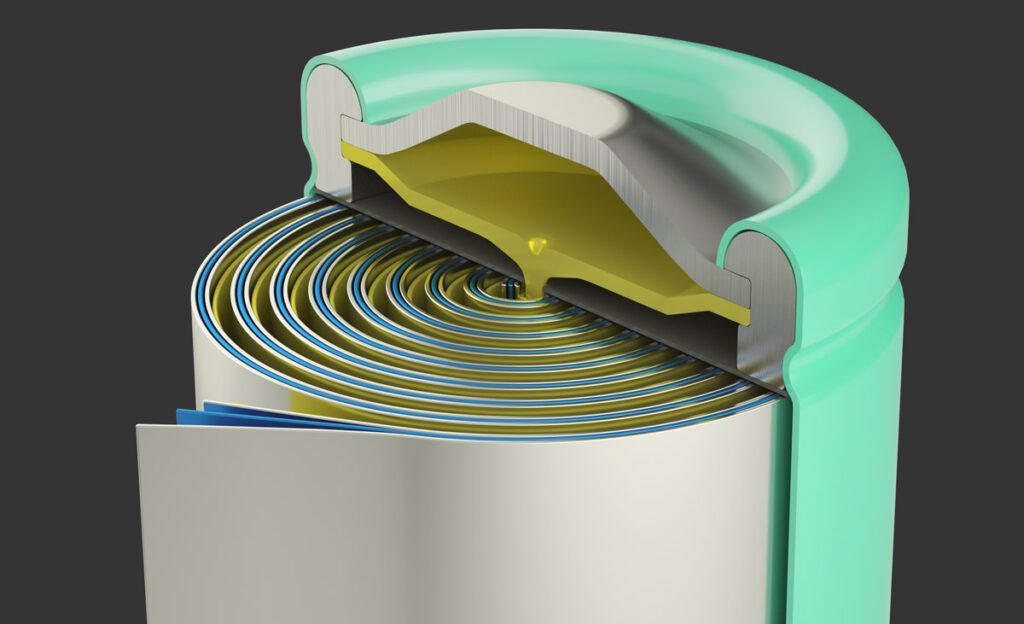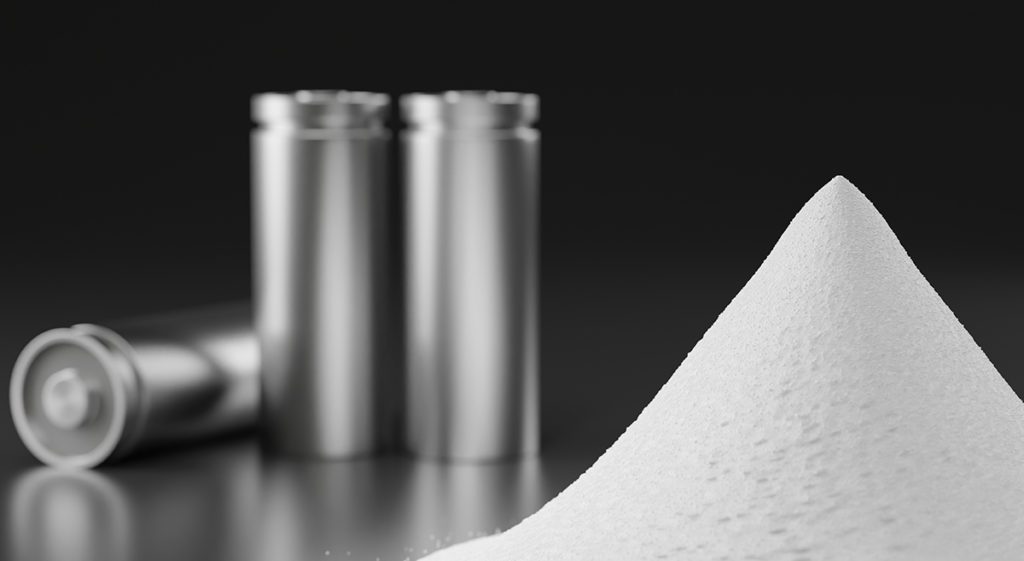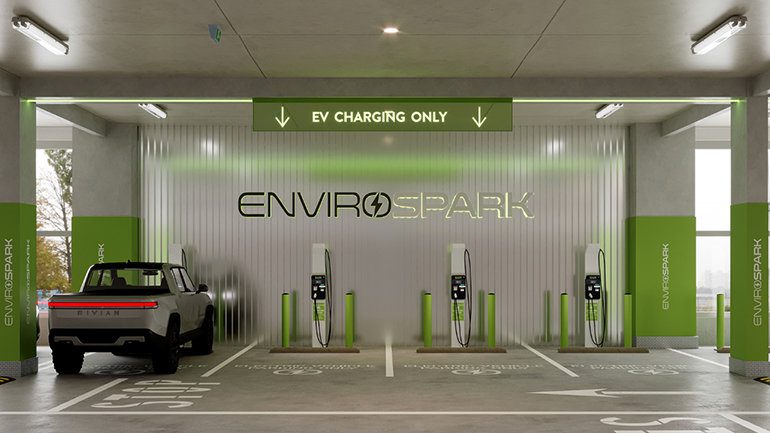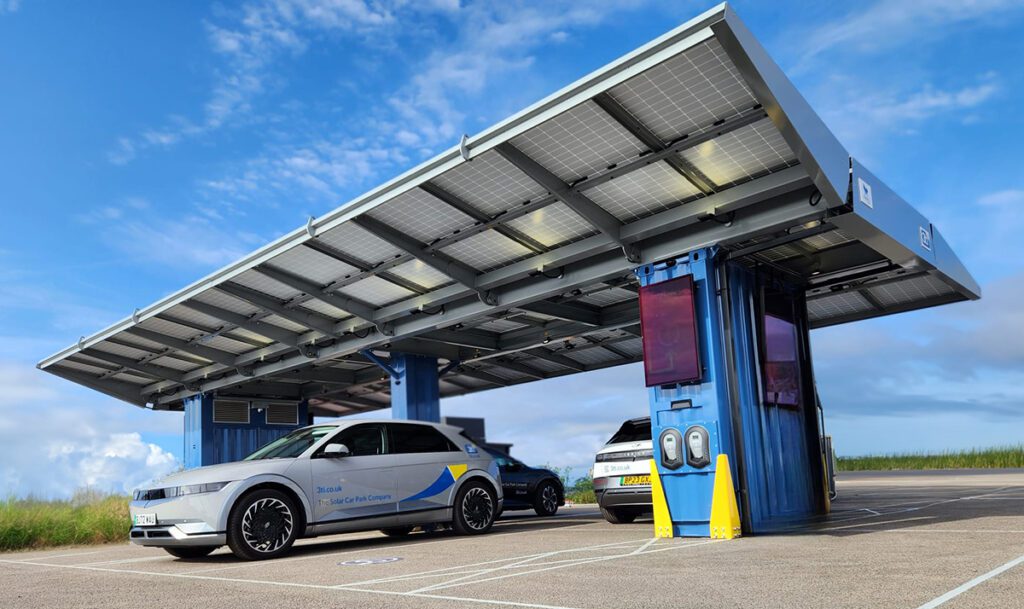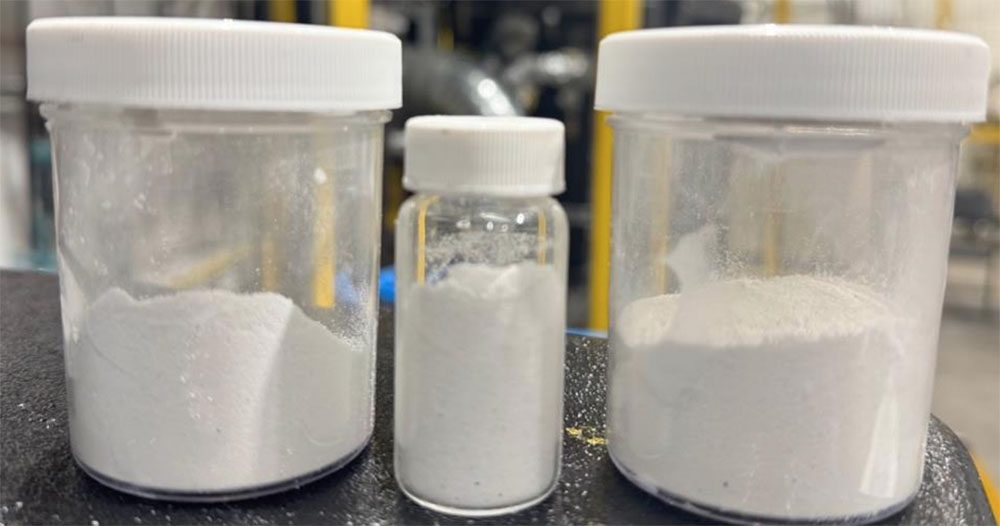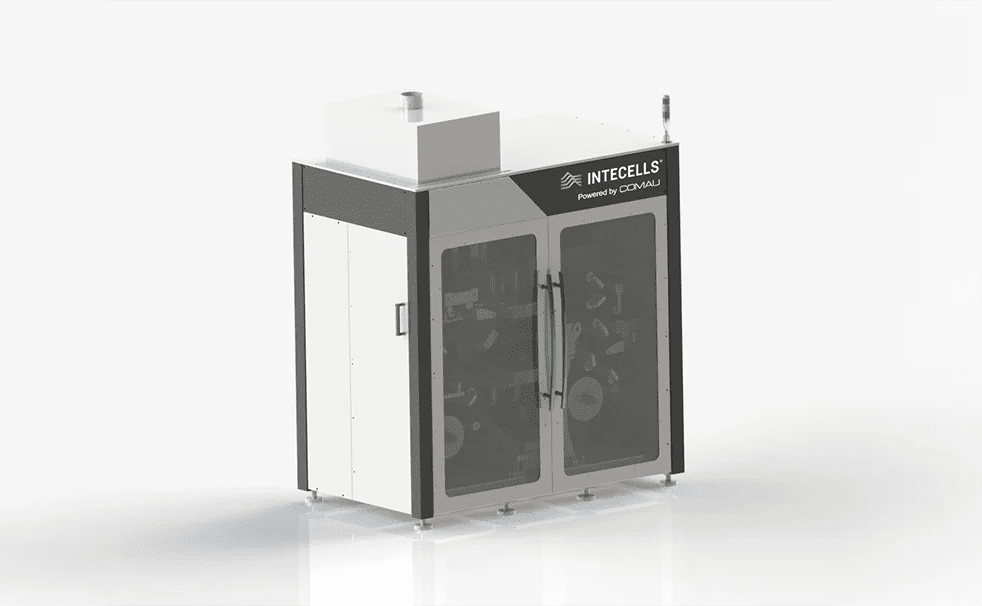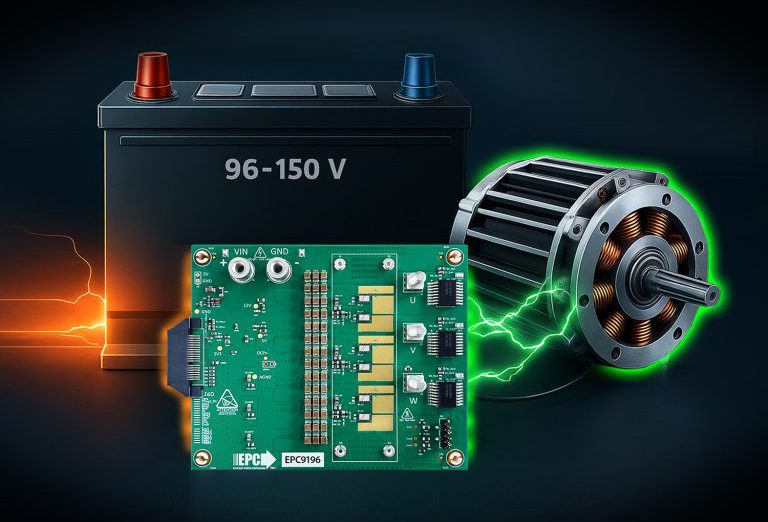The race is on to develop more efficient electric motors. One way to improve efficiency is to improve the method of bonding permanent magnets to rotors and stators.
3M has announced a new magnet bonding adhesive system that’s designed to virtually replace messy liquid adhesives, to simplify magnet positioning and to achieve high bond strength with bond line thickness control.
The 3M Magnet Bonding Adhesive AU-205 system combines a modified structural epoxy adhesive with a thickness control system, configured in a low-tack double-sided tape product. It claims to offer strong bond strength and chemical resistance in an easy-to-convert tape form that is RoHS & REACH compliant and contains no volatile organic components.
3M’s new wonder adhesive is designed to reduce the sort of magnet misalignment that can occur with liquid adhesives, which can move in an uncontrolled manner if inconsistent pressure is applied during the application and adhesive curing process. Because AU-205 comes in a tape form, magnets can be precisely positioned or repositioned, because the adhesive can be “metered” through slitting and cutting or die cutting to reduce that pesky adhesive “squeeze-out.”
3m says that AU-205 also improves control of the permanent magnet bond line thickness, which is critical to motor performance. This distance, which is located between the inside diameter of the stator and the outside diameter of the rotor, is known as the air gap. Precisely controlling and minimizing the rotor/stator air gap can help a PM motor to deliver greater efficiency.
Source: 3M via Green Car Congress







